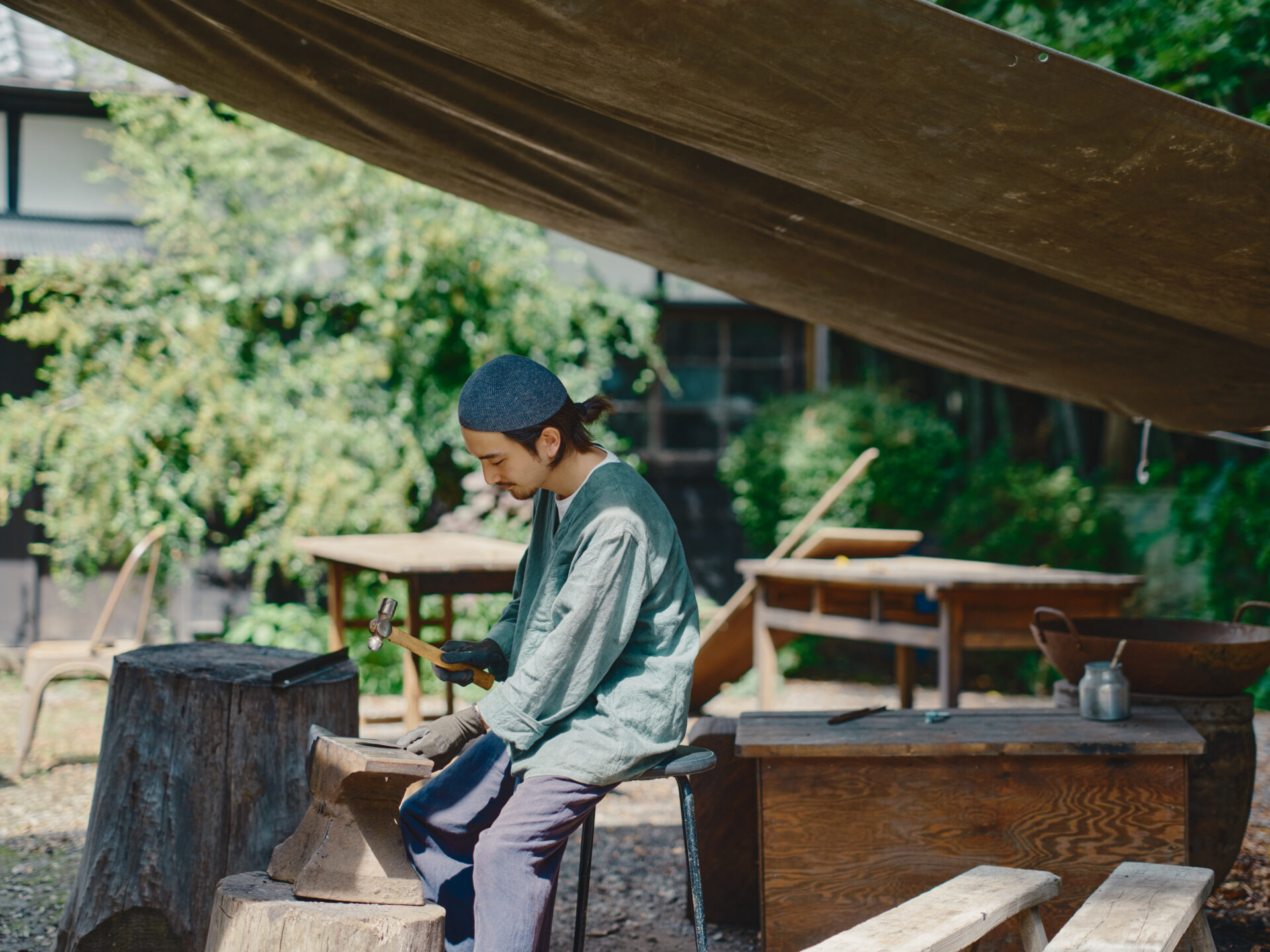A modern touch to the rough and old-fashioned, yet also a nostalgic attraction of iron with products that fit into our daily lives.
In our modern world, where the bright lights at night are almost blinding, the iron lighting fixture brand TOMOZO creates a warm light that allows one to appreciate the darkness.
We were curious to meet the craftsman behind this brand and went to visit Dai Furuwatari, the iron artist who lives in Joso City of Ibaraki Prefecture.
As we drove off the highway and entered a road lined with cherry blossom trees, we arrived at a traditional Japanese house surrounded by stone walls that felt like a secret hideout.
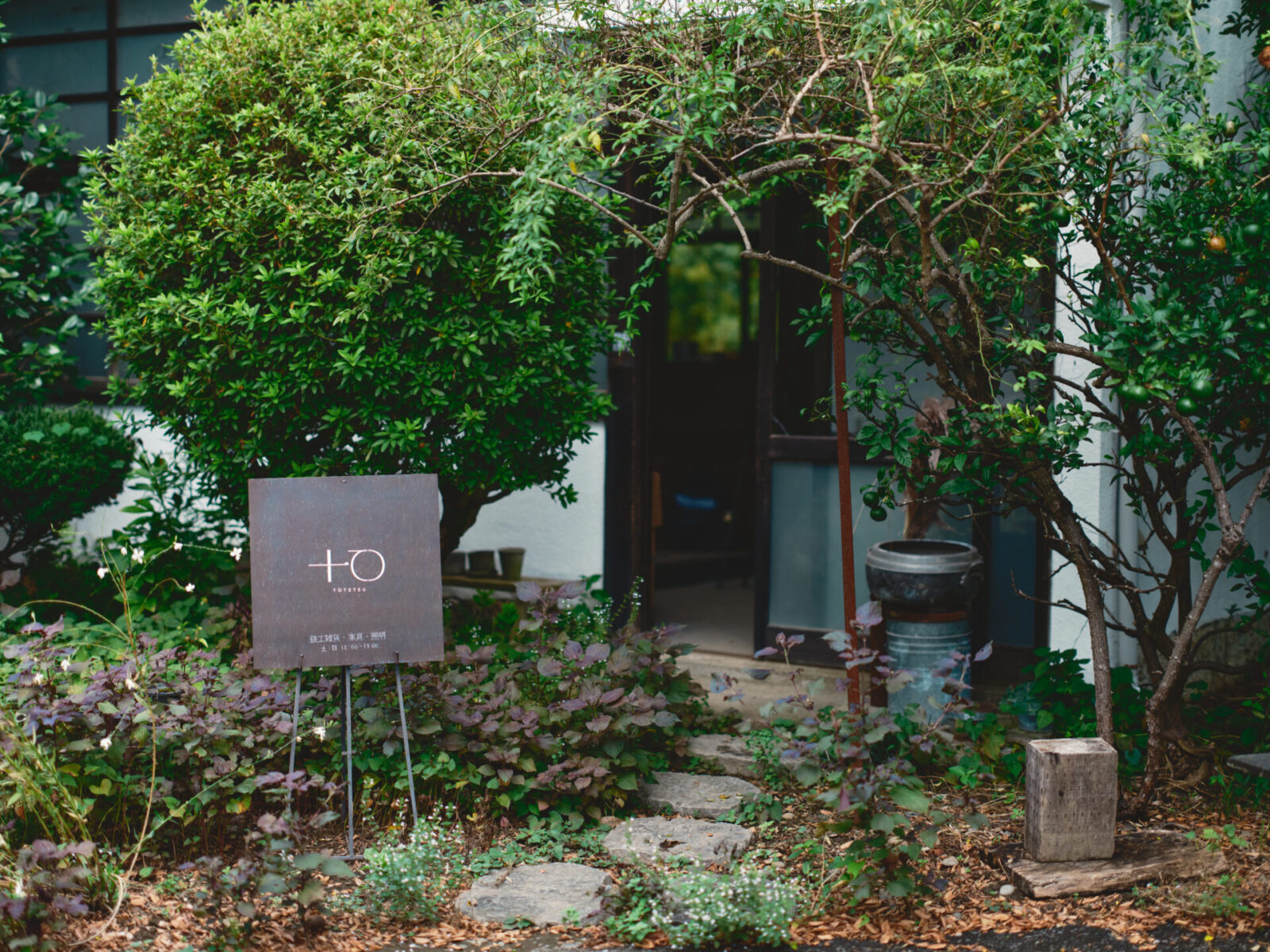
As we followed the sound of clanging iron and entered the premises we were greeted by Furuwatari, who had a youthful smile and friendly presence.
“Welcome. I have been waiting for you.”
Furuwatari invited us into his atelier and our sense of excitement grew. We talked to Furuwatari about his background and fascination with iron and about his very unique and creative products.
The story behind the “Kasajito” lamp
── We found one of your lamps on social media and we were very attracted to your style and how your products bring out the beauty of darkness. How did you come up with the ideas for your lamps?
I only started my shop as an iron artist last year and the first product I sold were lamps. I research many different lighting fixtures and my most recent product is the “Kasajito” lamp.
Isn’t it cute?

When I was just starting out, I was making mostly lighting fixtures that hang from the ceiling, but I wanted to make an iron lamp that would be easy to pick up and place on a table.
When I was designing the “Kasajito” lamp, I started by making a few sketches and tried to bring out the feel of the iron material. As I was working, it started to look like a cute Jizo (a Japanese guardian deity) and that’s how I came up with the name.
If you adjust the angle of the shade, the lamp can act as an indirect light, or it can be enjoyed as a lamp with a direct light.
When placed on a wide table, the light reflects off the lightshade. For example, if you place the lamp in the corner of your dining table with the shade slightly open, it creates just enough light to light up the food and the area in front of you, so I thought that was really great.
The old fashioned light switch of the lamp may seem a bit inconvenient for some people compared to a button switch, but I found the extra action of flipping the light switch off and on to be part of the attraction. If the lamp is placed next to your bed, the act of flipping the light switch off corresponds to switching off your own mind for the day as well.
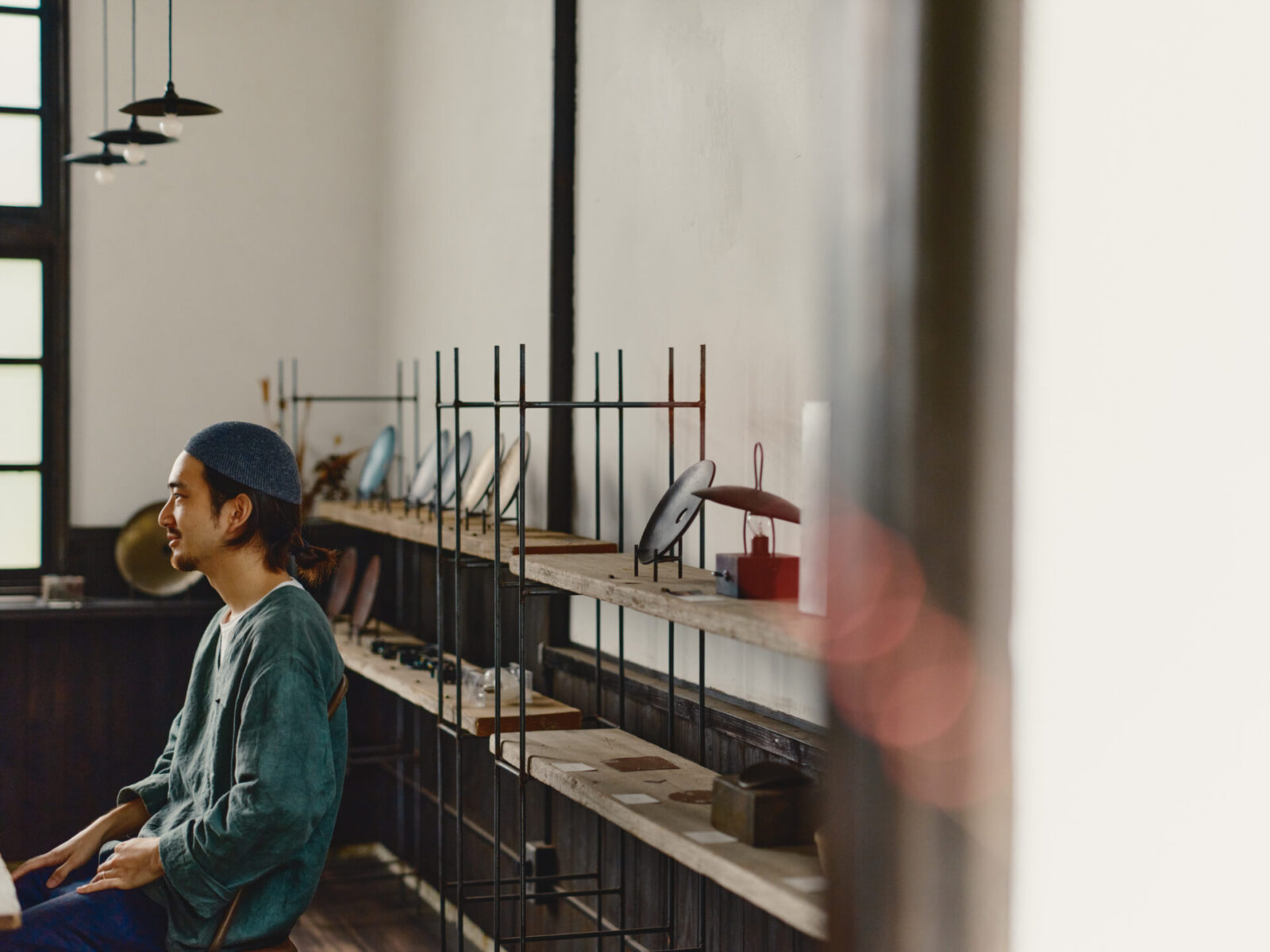
Feeling comfort in darkness
── I read that the concept behind your lighting fixture brand TOMOZO comes from the aesthetics of the Edo Period (1603-1868) and you wrote that the “role of light is also to create a comfortable darkness.” What do you mean by a comfortable darkness?
When making lighting fixtures, I thought about what makes a “comfortable light” and felt that the key was the distance between the light and people.
In recent homes, the common lighting fixtures are big round ceiling lights. Although they are convenient, the use of these lights make the whole room very bright. In other words, we are not able to control this light or our distance with it.
Ceiling lights are often called “daylight color” and just as it describes, it creates light as if it were daytime. I think the rhythm of our lifestyles become obstructed because we are surrounded by daytime light in the evening.

── It’s true that ceiling lights make the whole room very bright.
I had a realization that even in darkness, having a light in the corner of the room is very comforting. If you approach the light, the area in front of you becomes lighter, but if you move away from it, it becomes darker. Having a light source somewhere in sight is enough to make a dark space comforting.
In the past, people only had limited light at night so their evening activities were also limited. The moment you bring in as much light in the evenings as in daytime, you are able to be active any time of the day. I am no exception to this habit, but I thought that fundamentally, this may not be a good thing.
I wanted a lamp that allows one to feel the changes of light in the day that also creates a space between both light and darkness. I felt that this was an extension of our traditional culture and lifestyle of lighting up just the space in front of us so I formed the concept of my brand TOMOZO, which means“making light.” The “Kasajito” lamp also embodies this idea.
TOMOZO is actually on a break and I’m currently more focused on TOTETSU which includes a wide variety of iron goods and furniture, but a relaunch is in the works.
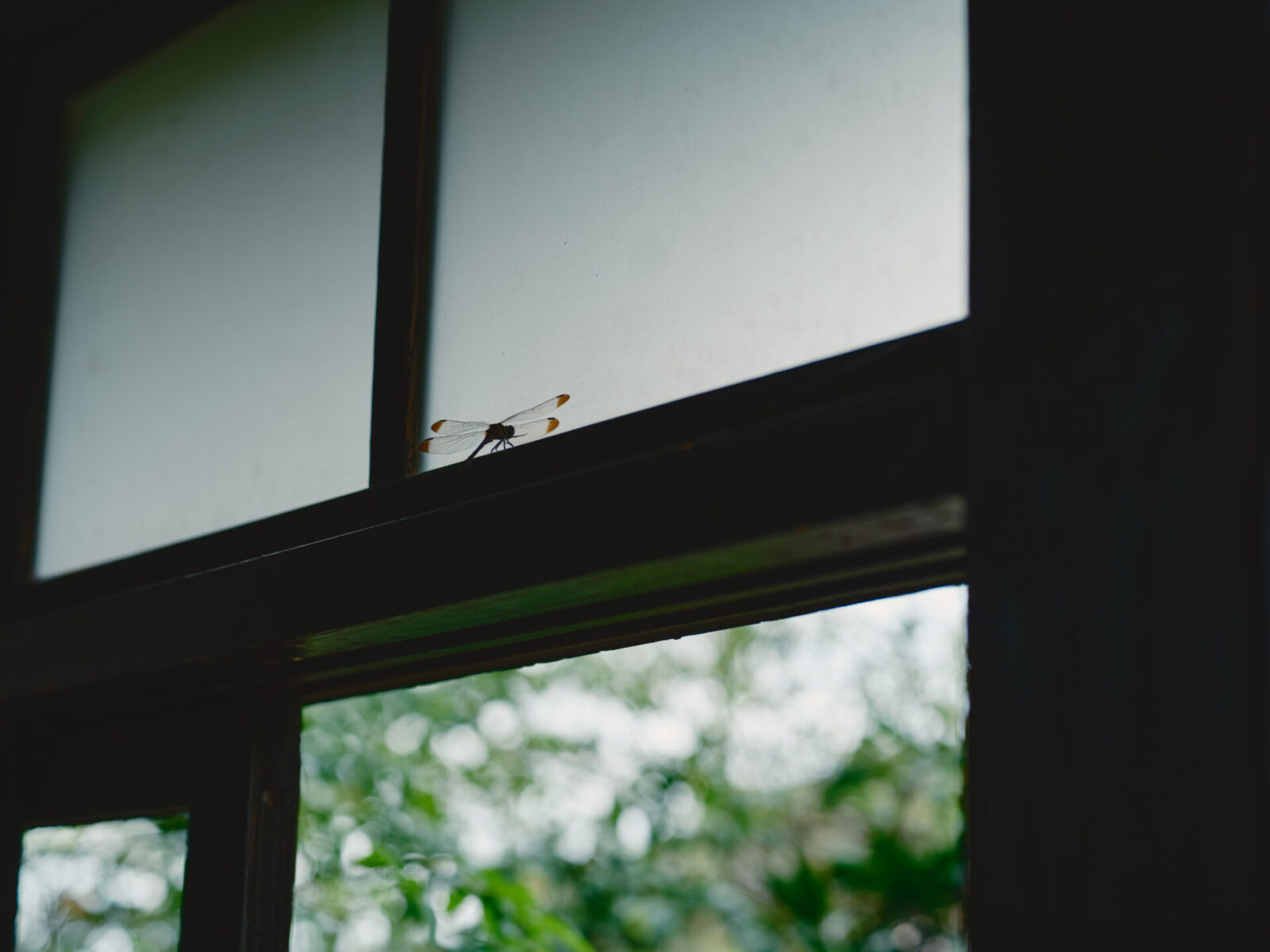
First step: smash some iron
── Why did you choose iron as your material to work with in the first place? We heard that you studied architecture in college.
My father was a welder who worked at construction sites so I grew up in a house with a lot of tools for ironworking.
I studied architecture and product design in graduate school so I wanted to use my knowledge to do something with iron. After graduation, however, I ended up working at an IT startup company that made software for architect designers and builders.
While becoming familiar with products used by architect designers, I was drawn to the products that make a room or space more attractive so I started making lighting fixtures, which was something I always wanted to do.
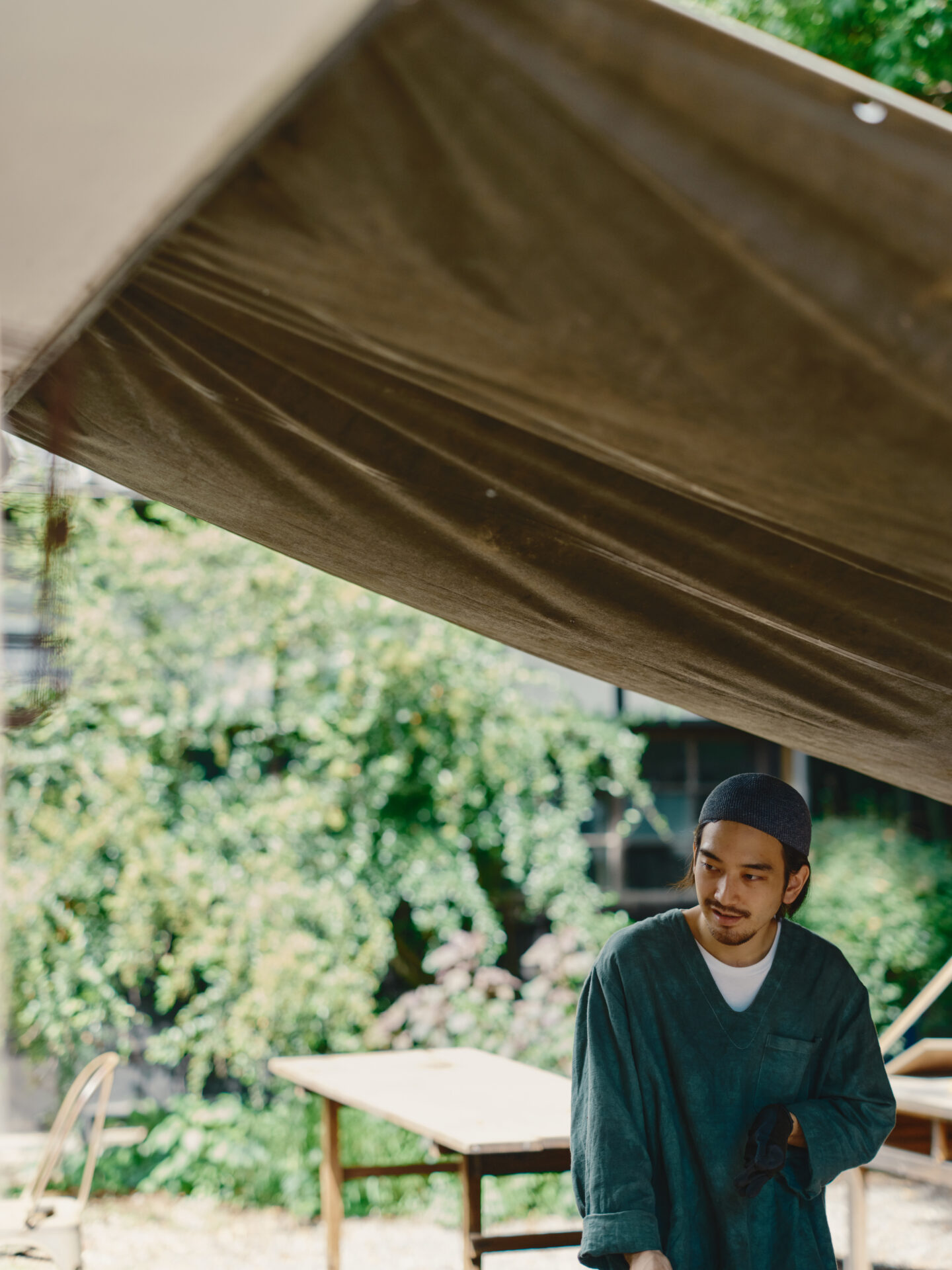
── So you started off by making lighting fixtures from scratch on your own?
Ever since high school, I was always interested in interior design and I thought that the lighting fixtures by American interior designer Isamu Noguchi were really cool so it felt like everything was coming together. When I was a sophomore in college, I took apart discarded umbrellas and made lighting fixtures with them.
The world of architecture was also really attractive to me, and I tried taking that path a number of times, but architecture requires the involvement of a lot of people. When it came down to choosing between product design and architecture, I chose product design because it allows more individual freedom.
── After you quit your IT job and became independent, what was the first project you worked on as an iron artist?
Although my father was a welder, I did not have much experience with it so I didn’t really know what I could do with iron. So first I started off by using scrap iron pieces and hammering them down.
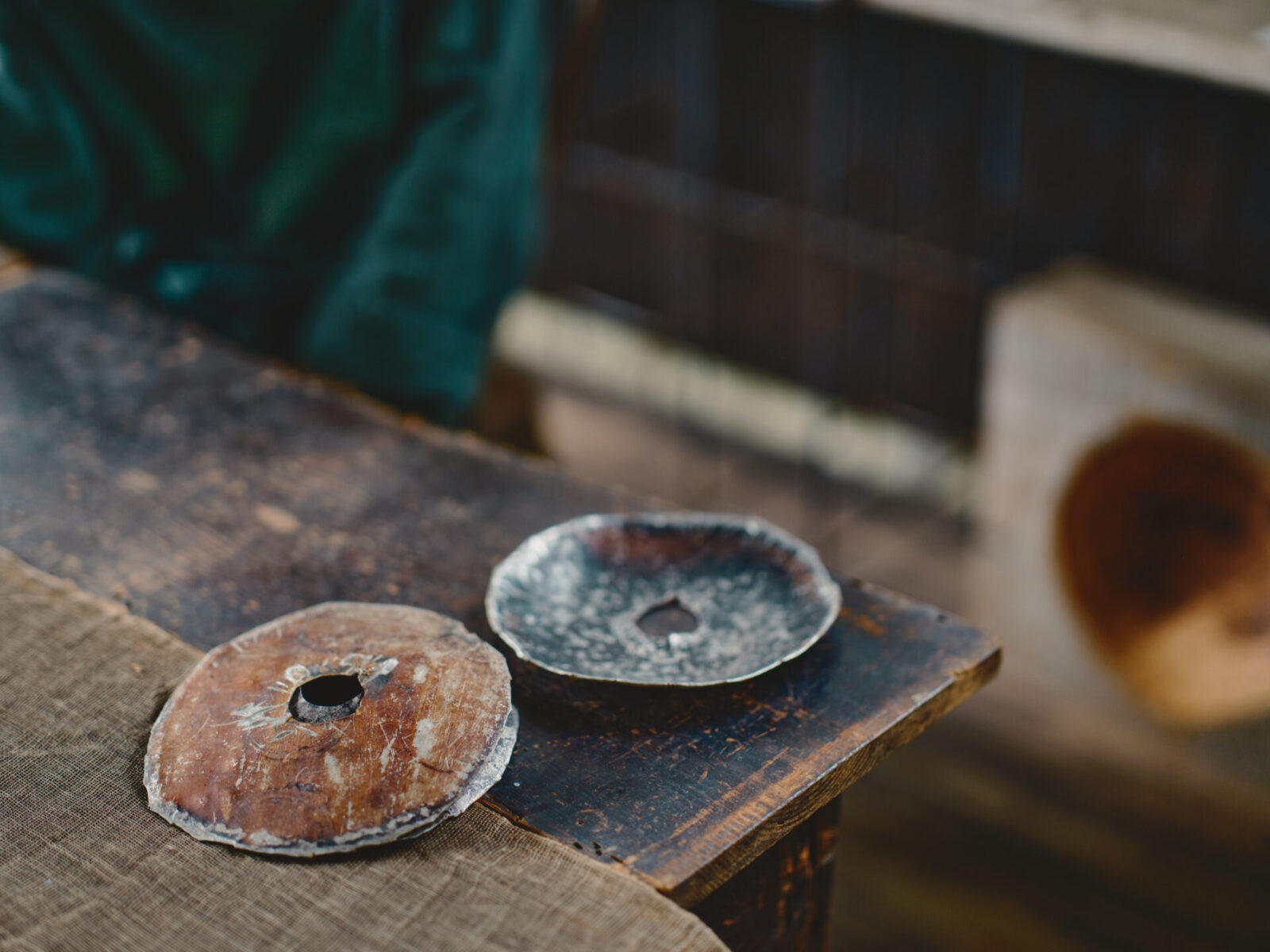
── You started off by just hammering?
As I was hammering away I started to get a feel for how the iron takes forms and thought about how this must be how things were done traditionally. As my work continued, my skills and knowledge expanded. I also studied any available resource, from books to YouTube to Google search results and any other resource I could get my hands on.
Perhaps it is more efficient to get an apprenticeship somewhere, but I started with experimenting and getting the feel of things for myself.
Everything was by trial and error, like conducting various experiments. About three months before I quit my job, I started working in my atelier. It took about half a year until I finally finished a piece that could ultimately become a product.
── Did you collect your iron scraps from your father’s workplace?
My brother runs an antique shop on the atelier’s premises, and he would collect old scrap wood and secondhand items. I started off by using the scraps from these items that were no longer usable and would have ended up being taken to the scrap dealer.
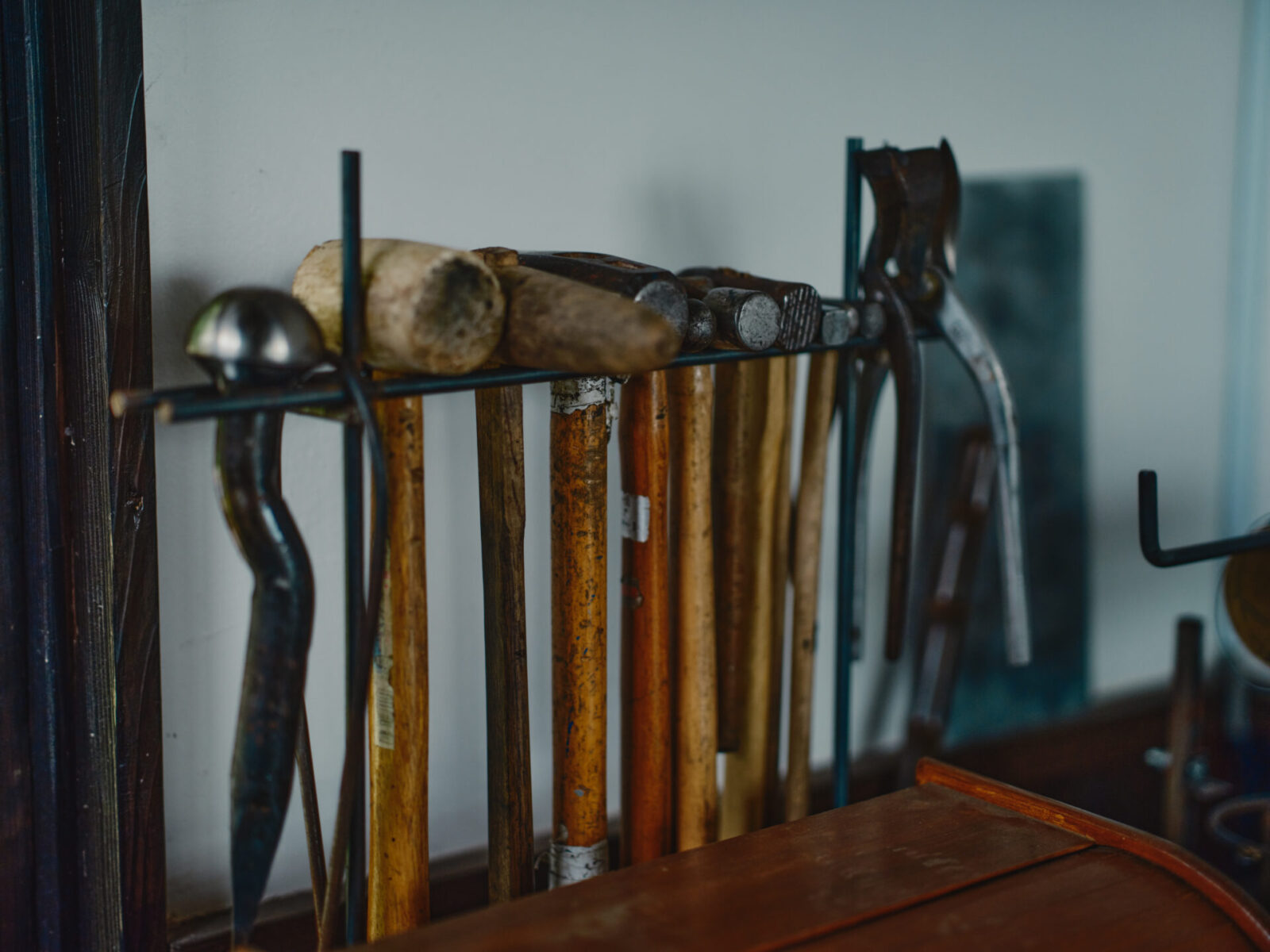
A hideout born out of the DIY spirit
── You mentioned that your brother runs an antique shop and we also heard that your mother runs a cafe on the property as well. Your family home feels like some hidden theme park or playground. We even saw a sign up on the wall outside the building that said “beer and keg highball drinks, 500 yen.”
We are often told that our place is like some kind of hideout. There are not many houses nearby and we are surrounded by bamboo forests so it seems many people get the feeling that they entered some alternate world when they come here.
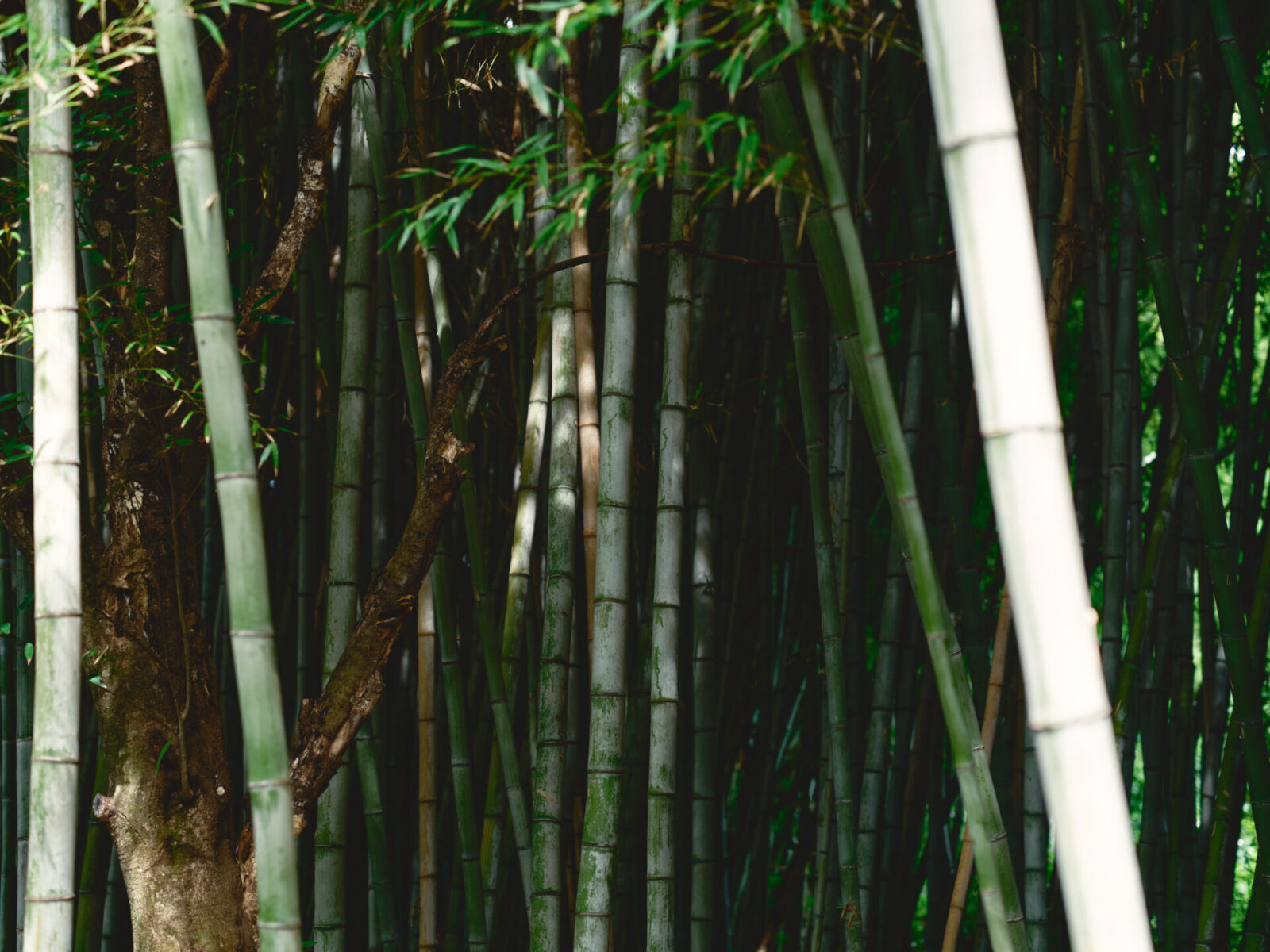
Actually, our family home is originally in the town next door and this property was not initially ours.
There was a flood in 2015 when a nearby river overflowed and this land and property was damaged and it was unusable. My father was looking for a small warehouse to store his company’s machinery and tools and found this property on sale for very cheap. Our family thought that if we can get this spacious property for the same price as a small warehouse, it would be a good deal so we purchased it and fixed it up all by ourselves.
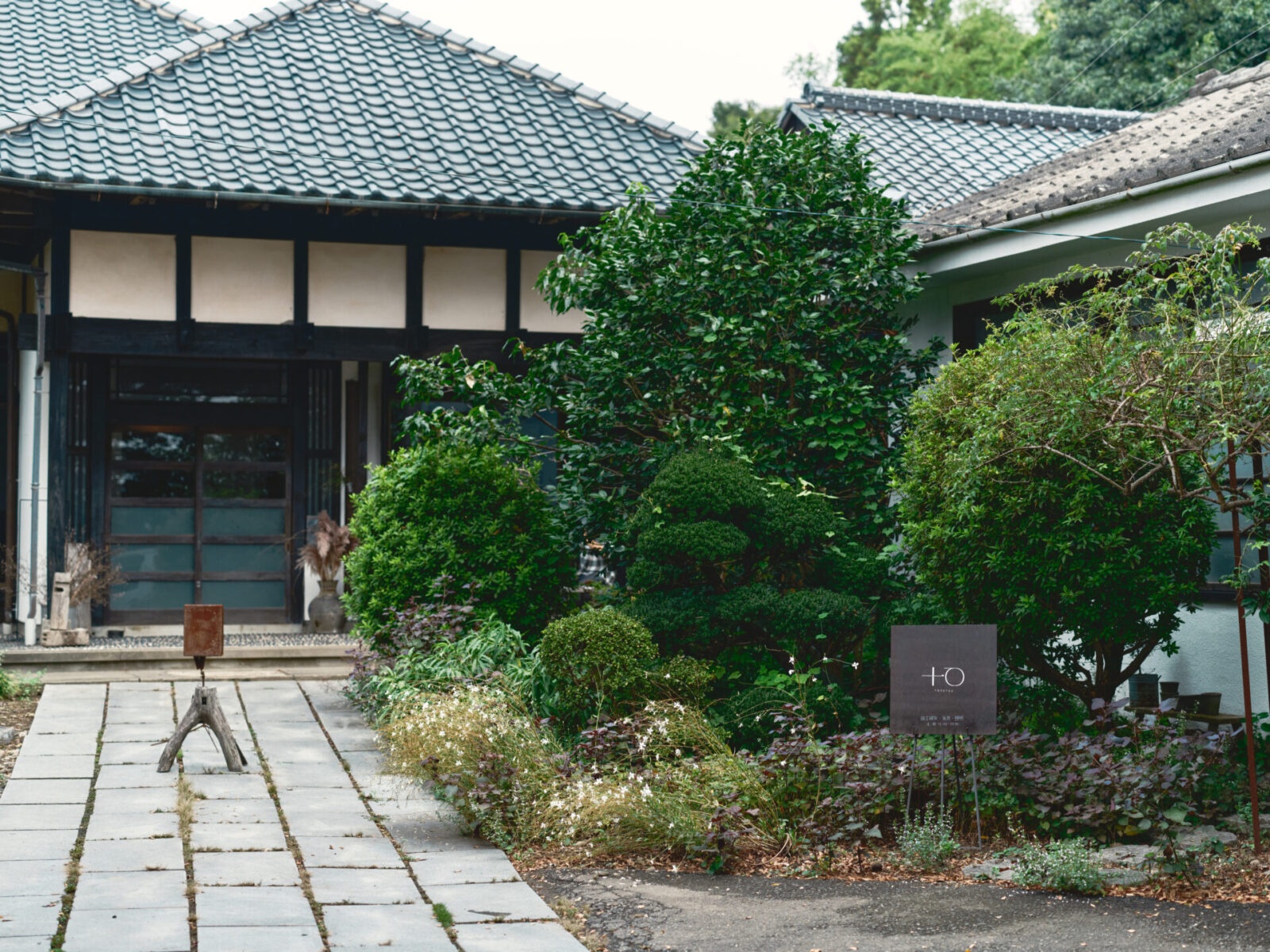
We did everything from re-plastering to replacing the floors and walls. My father and I are both well versed in architecture, so we had a good understanding about how to address the buildings. The structure of the buildings themselves were solid, so there was not much that needed to be done. With some work on the interior we were able to get the building in usable condition, which was great.
── So your family fixed up a property that was damaged by floods. Your whole family must be very handy and crafty.
I think so. My brother started his antique shop first and my mother opened her cafe about half a year later. About three years after that I started my workshop and atelier.
Currently, we occasionally host events that use the whole property. My father doesn’t get involved in our work at all, and he often takes a seat over there and sips on beer. Our sign says you can buy a beer for 500 yen but we’re basically only selling because he’s stocking up for his own enjoyment. Customers are welcome too, of course.
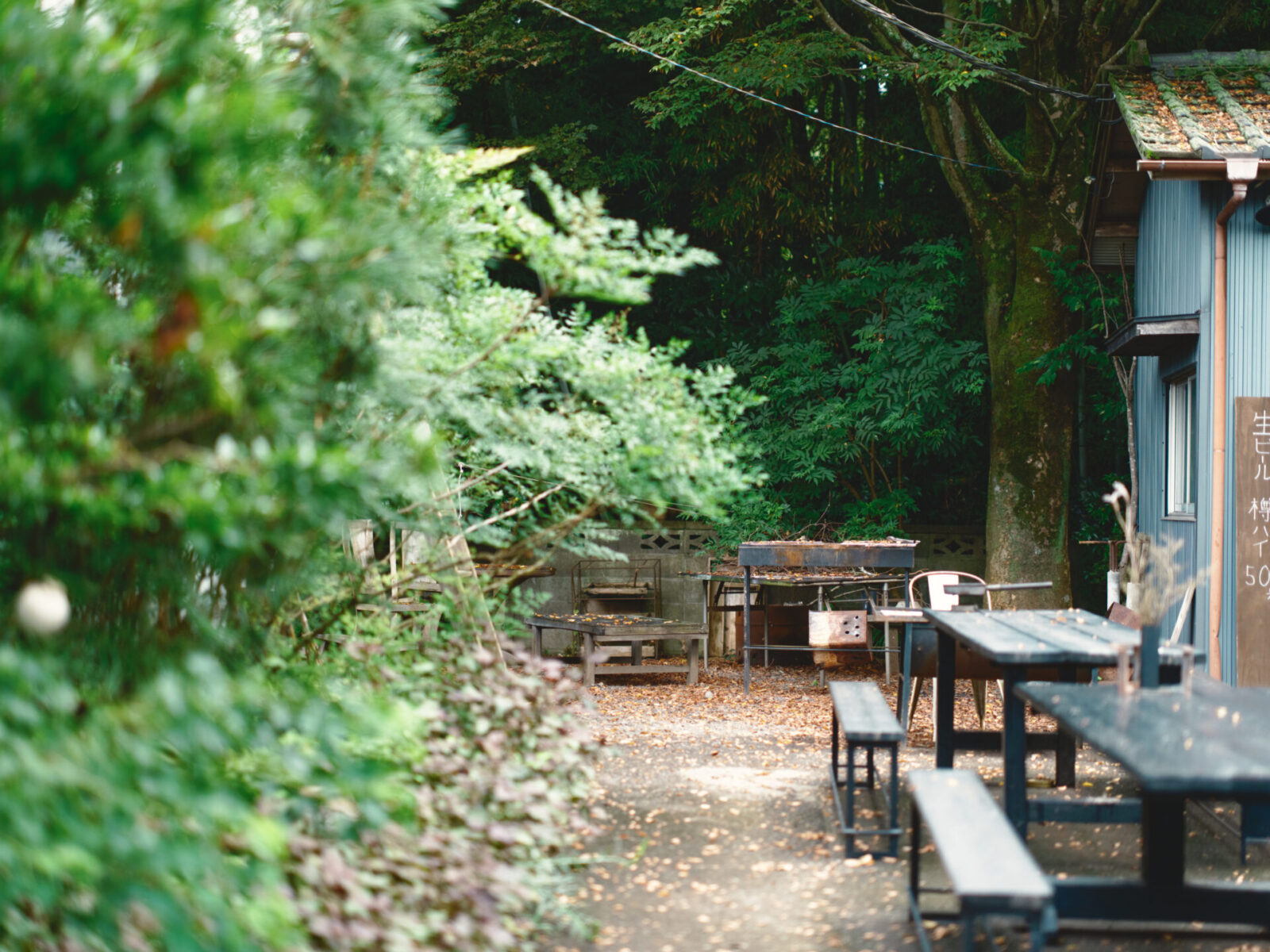
Nostalgia and practicality, history and everyday life
── You have sold interior products for everyday life such as incense burners and stools under the TOTETSU brand.
The concept behind TOTETSU is making a product that is a combination of iron and some other material.
── What other materials have you combined with iron?
For example, this coffee dripper is TOTETSU’s first product and very representative of the concept. It combines ceramic and iron. We asked ceramic artist, Hiroyuki Onuki to use a glaze that goes well with iron to create the coffee drip.
I explored different shapes, but in the end I settled on a simple design.
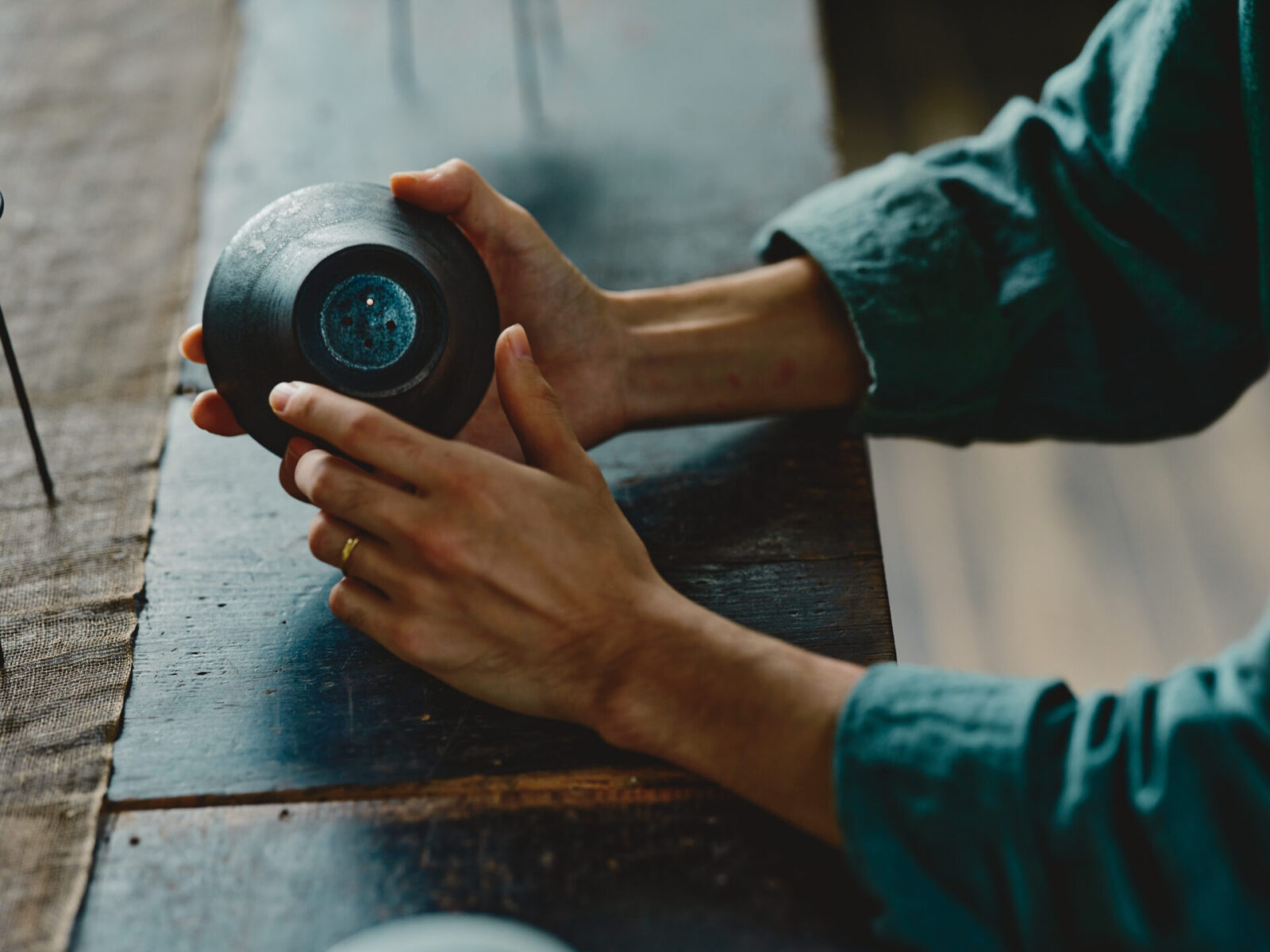
This coffee drip makes a fine straight line when dripping coffee. When we were making the prototype and testing it by making coffee, I was surprised at how it dripped in such a straight line. I told him he must have put a lot of thought into achieving that drip, but he replied that he hadn’t at all, so we were both surprised by the result (laughs). It is a structural beauty that came by chance, but I asked that we make the same thing for the final product.
I myself like coffee very much, so before I start work, or when I need to do more work at night, I always brew myself a cup of coffee with a coffee drip. It is a kind of ritual for me.

─ I am curious about this long structure in front of us. What is it?
This sculpture-like thing is actually a toy. I can’t use the name because it is a registered trademark, but it is the same concept as the toy Jenga. I wanted to make some playful things, rather than just practical things.
I get the urge to play this game sometimes, even as an adult, so I wanted to make it with a design that will blend well into an adult’s room. The blocks are chestnut wood dyed with iron and the box is made out of iron as well. The way it opens is dramatic and cool. This is a prototype and I plan to make the actual product a darker black color.

A tea incense burner inspired by childhood memories
── Is there anything you keep in mind throughout your process when you are making your products?
Iron is an old material that has a long history, but I don’t want it to become outdated in terms of use. Rather than just being something nostalgic or artistic, I want to create products that are practical and usable in our modern day life.

For example, my tea incense burner is quite popular.
We had a tea incense burner in my home growing up, and it was ceramic. My mother made different things with ceramics as a hobby, and one of them was the tea incense burner. I remembered that I really loved the scent of the tea, so I was inspired to make it and it has finally taken shape.
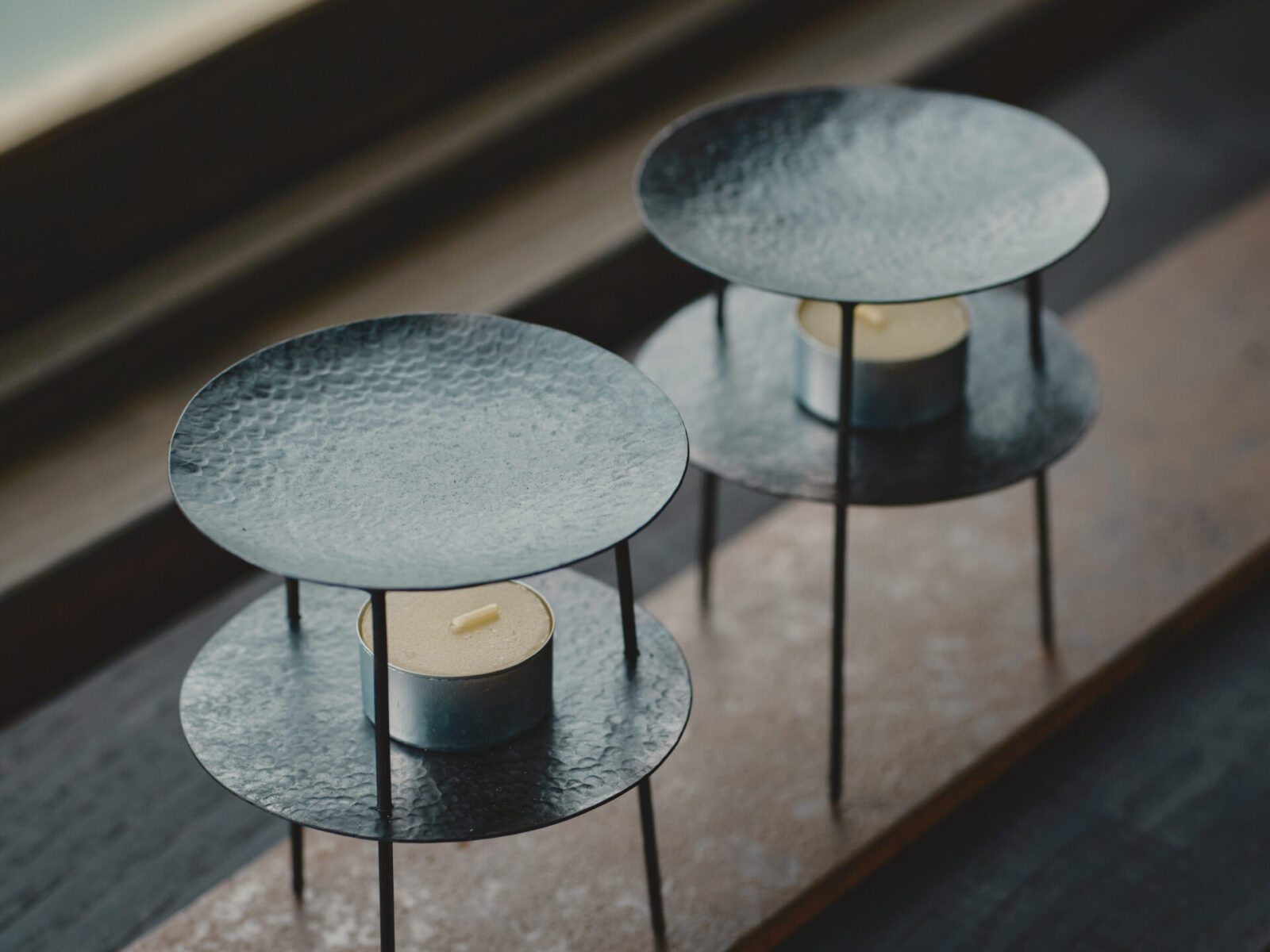
Ceramics require a certain level of thickness so the tea incense burners are often limited to an igloo-like shape so they cannot be made in a more delicate design. Iron is well suited for making detailed and delicate shapes because it is a strong material even if it is thin. It is impossible to make this same shape with ceramics.
When I started sketching the designs, I planned on welding the legs onto the middle dish, but in the end I ended up opening a hole and simply passed the legs though it.
The iron legs are hard and sturdy, but they are also flexible like a spring so they can support the middle dish without welding it. The dish can also be adjusted in height by taking advantage of the design of the legs, which tries to move the force of the legs outward.
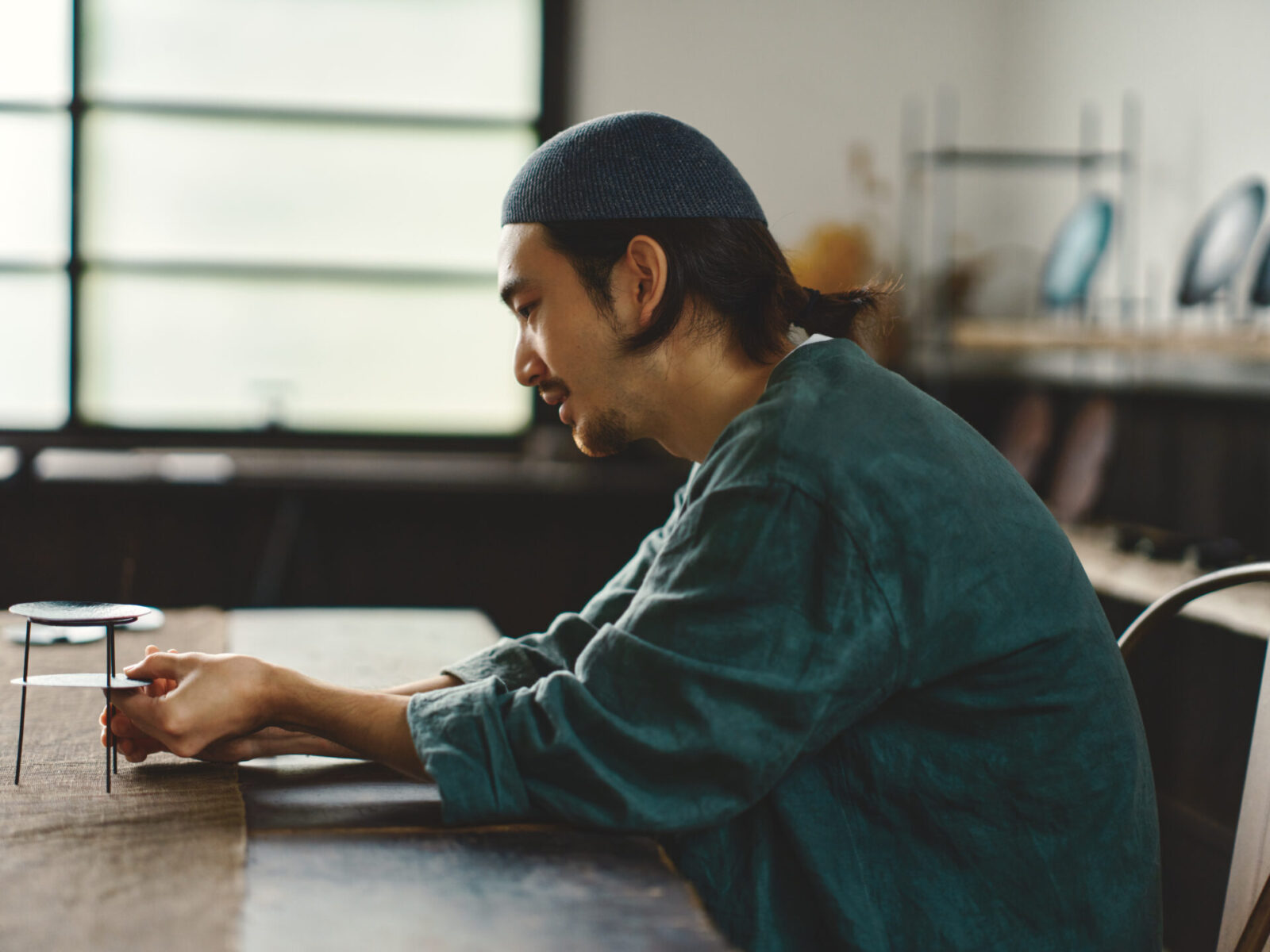
It is my favorite product because I was really able to bring out the best of the features of iron as a material.
It can be used to roast tea or as an aroma diffuser, so I hope the consumer will explore different ways to enjoy it. I think that the more one uses it, the more its attraction will grow over time.
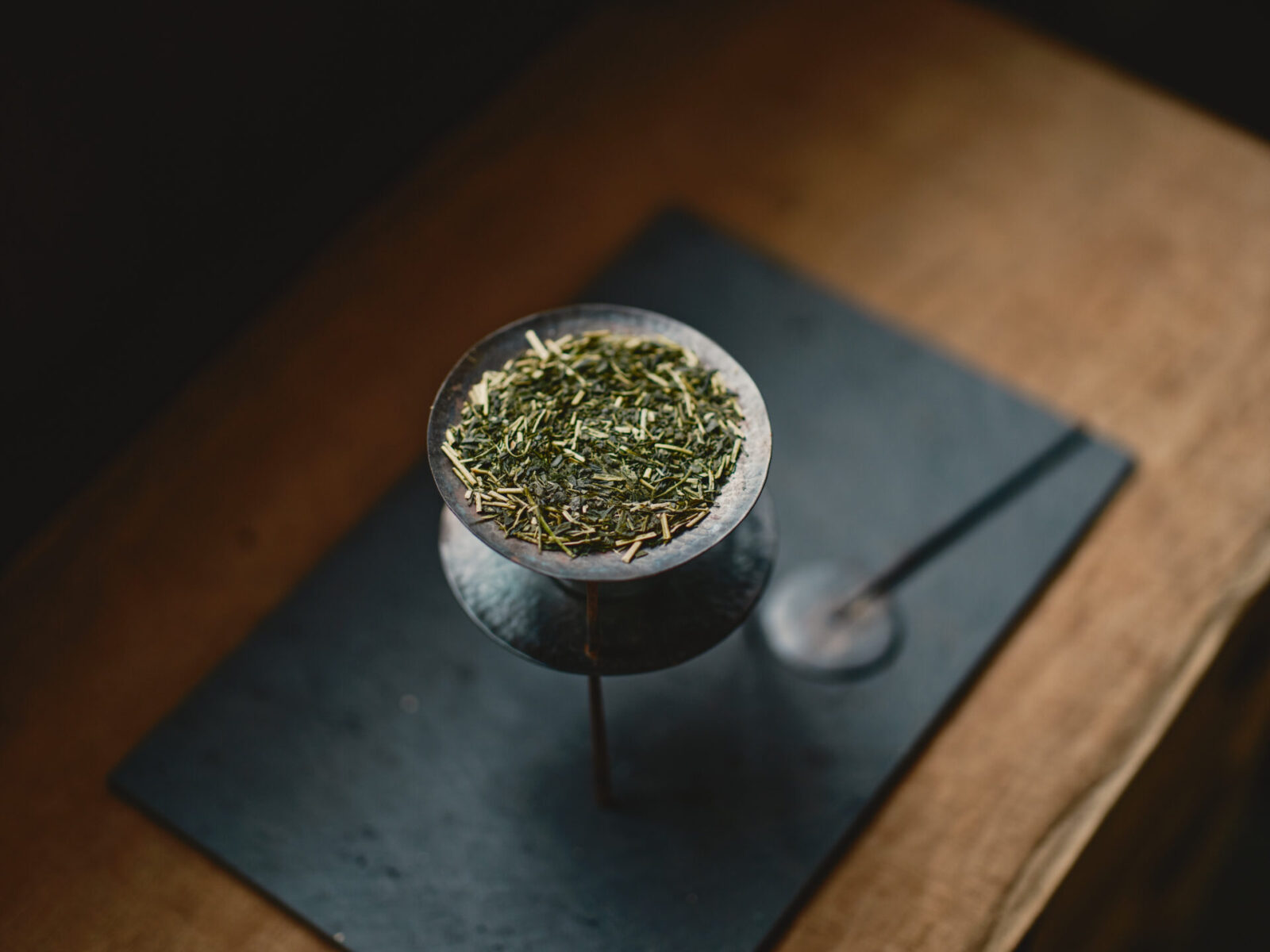
Pounding iron, digging deeper into the world
── You are experimenting and making new products with iron, but how do you like to spend your time off and relax?
I really enjoy the time I spend hammering the iron pieces.
People often say to me that it must be hard and cumbersome work, but that process is what helps me stay balanced. It is the most primitive and sensual part, and the more experience I build, the better I get at it so I really enjoy it.
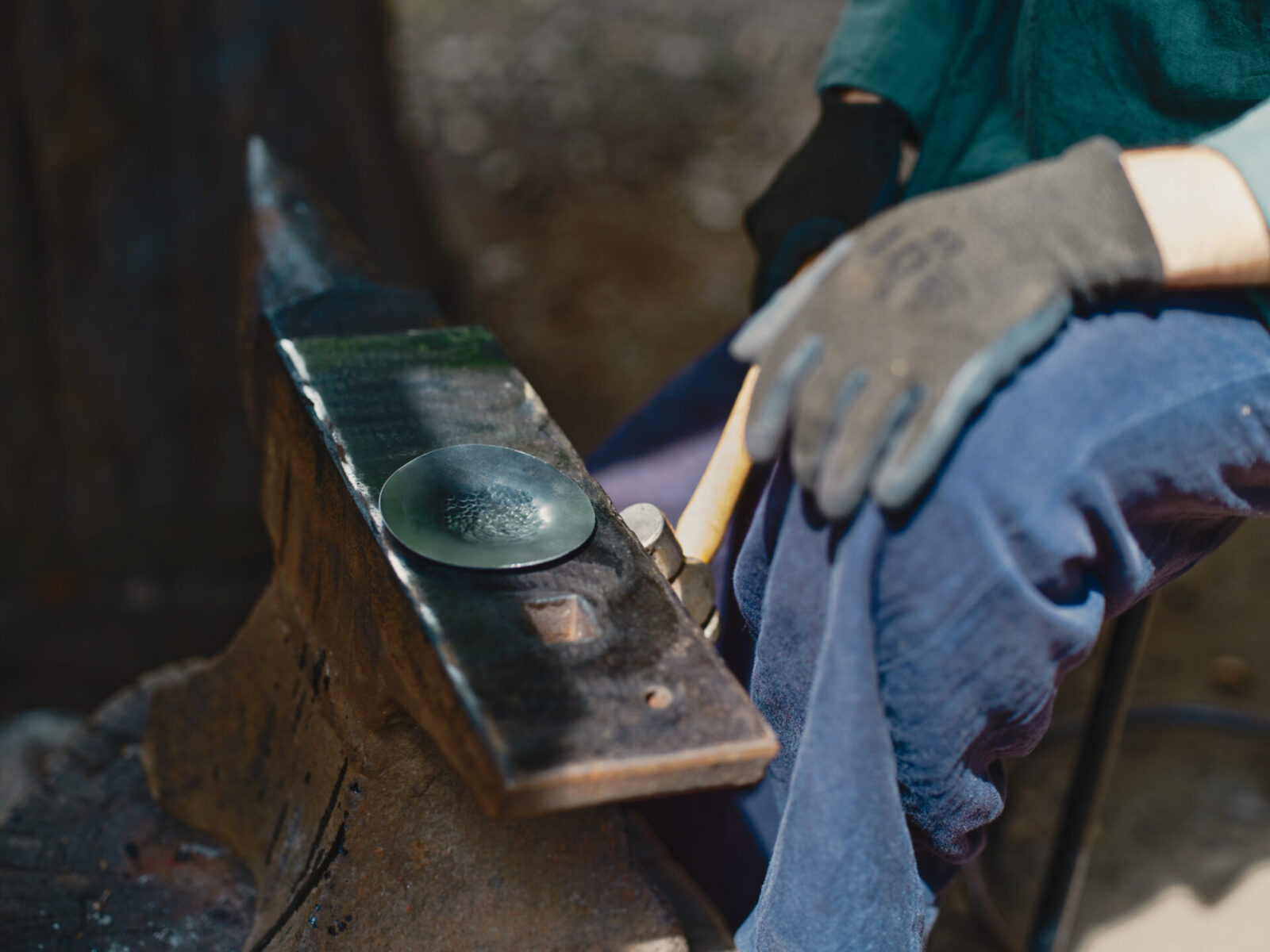
The rhythm of hammering and the steady noise it makes clears my mind. We all have days where we find it difficult to be productive and it brings us down when a day passes and we have not gotten anything done. When I start feeling down like that, I start hammering iron and it provides a positive escape for me.
On my days off, I like to read books about creating spaces and I take day trips to visit shrines or old architectural buildings. Seeing things that have existed for a long time that still serve a purpose and are being used today gives me inspiration and strength.
I also like to draw. I am the kind of person who is always creating something. Even on my days off, I take the things that I have been working on and try digging deeper into them, and that gives me pleasure and calms me down. Some people don’t really understand, but regardless if I am working or relaxing, I am always delving deeper into something.
── You really enjoy digging deep, don’t you?
I am always digging. For example, recently I am focusing on the nature of iron that changes color depending on the temperature at which it is seared, so I am trying to figure out how to target specific colors. I could go on forever talking about how interesting iron is as a material, and I never bore of it.
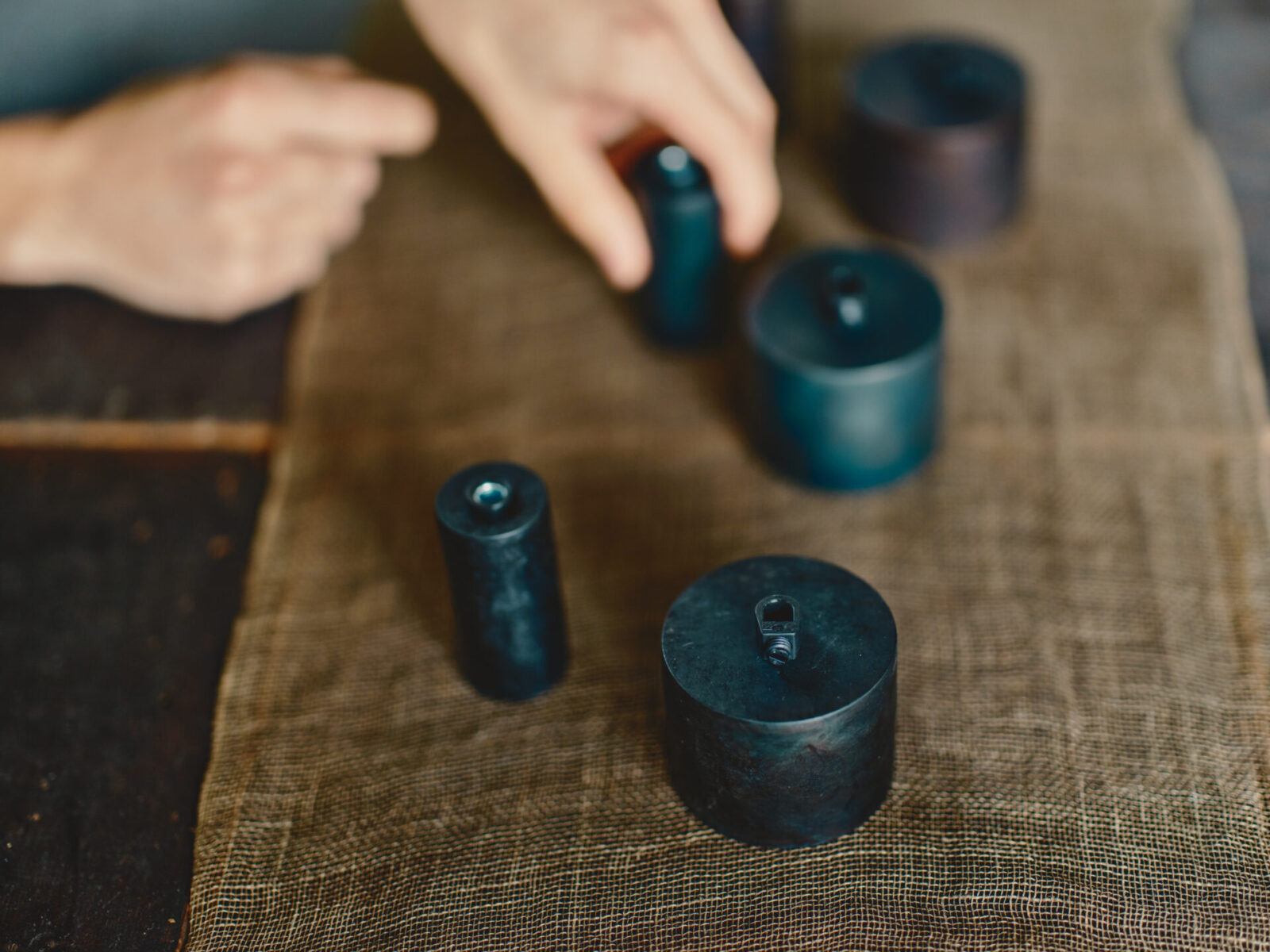
── Lastly, please tell us about your plans for the future or what kind of product you would like to create.
Through experimenting and working with iron, I have finally started to be able to create things with texture. I hope to create something with a form simple enough for architects to use, as well as meet the expectations of designers in Japan who are quite particular about texture.
While keeping the revival of TOMOZO in mind, I also want to create various lighting fixtures in the future. For TOTETSU, I want to bring in more playfulness into my products moving forward.
Text: Kei Hayashi
Photo:Eichi tano
Translation: Sophia Swanson
Edit: Neko Sasagawa
Editor and creator of the future through words. Former associate editor of Huffington Post Japan. Became independent after working for a publishing company and overseas news media. Assists in communications for corporates and various projects. Born in Gifu, loves cats.
